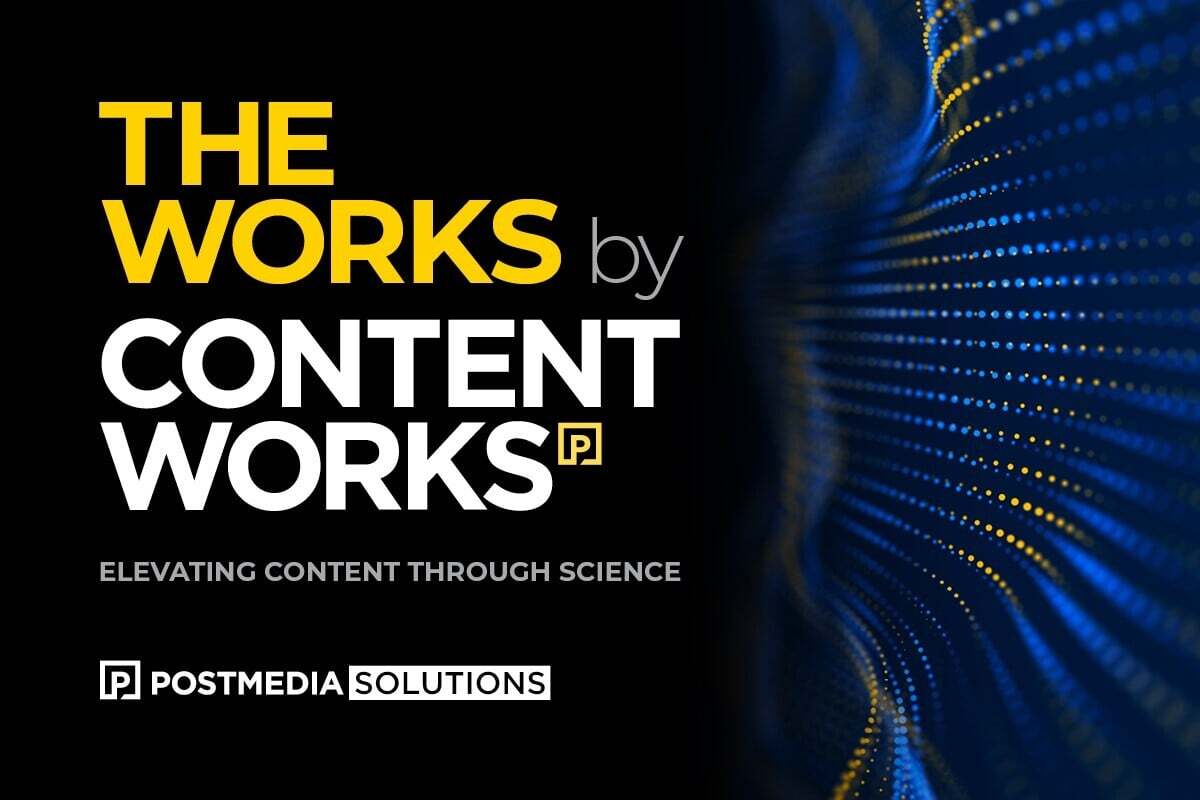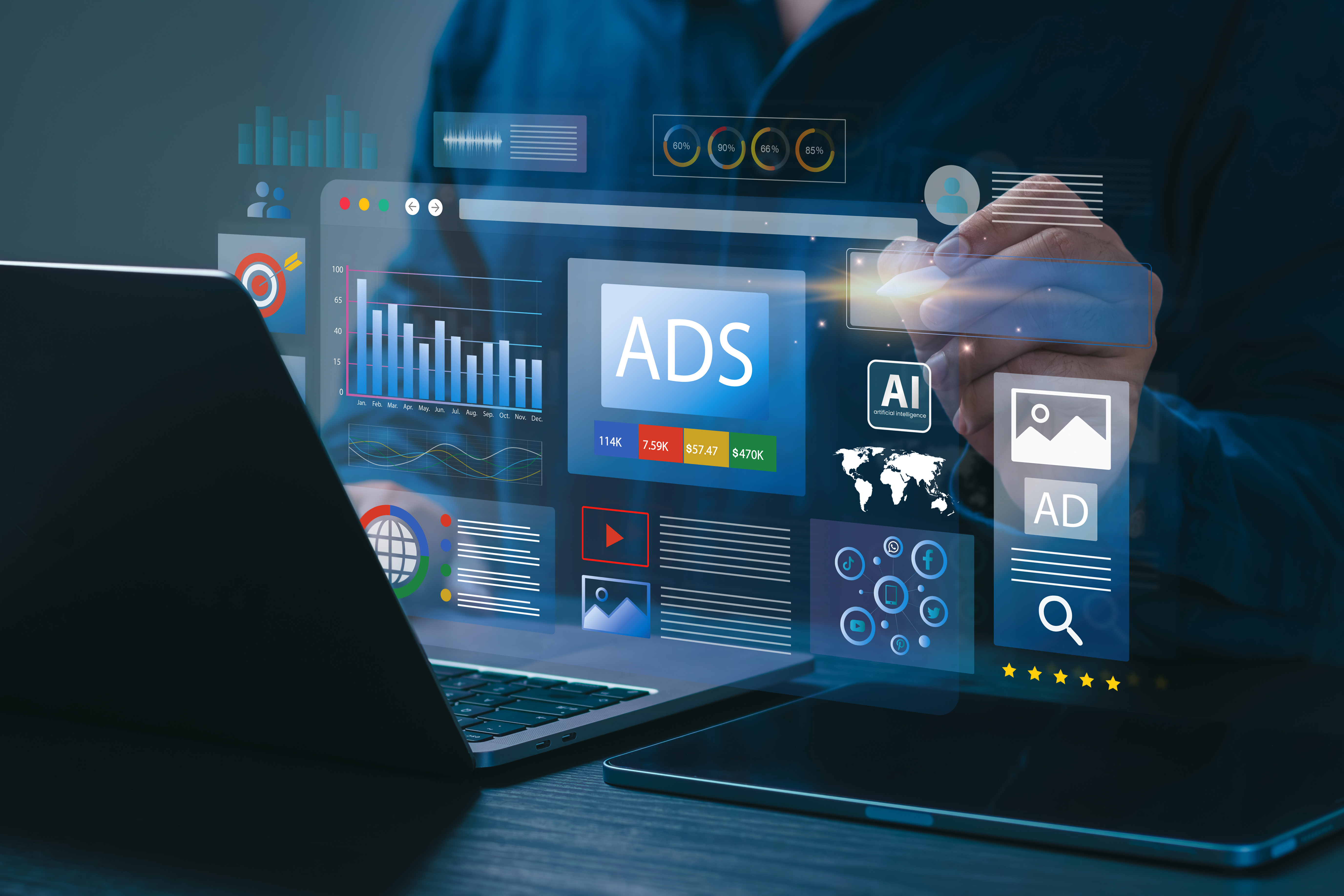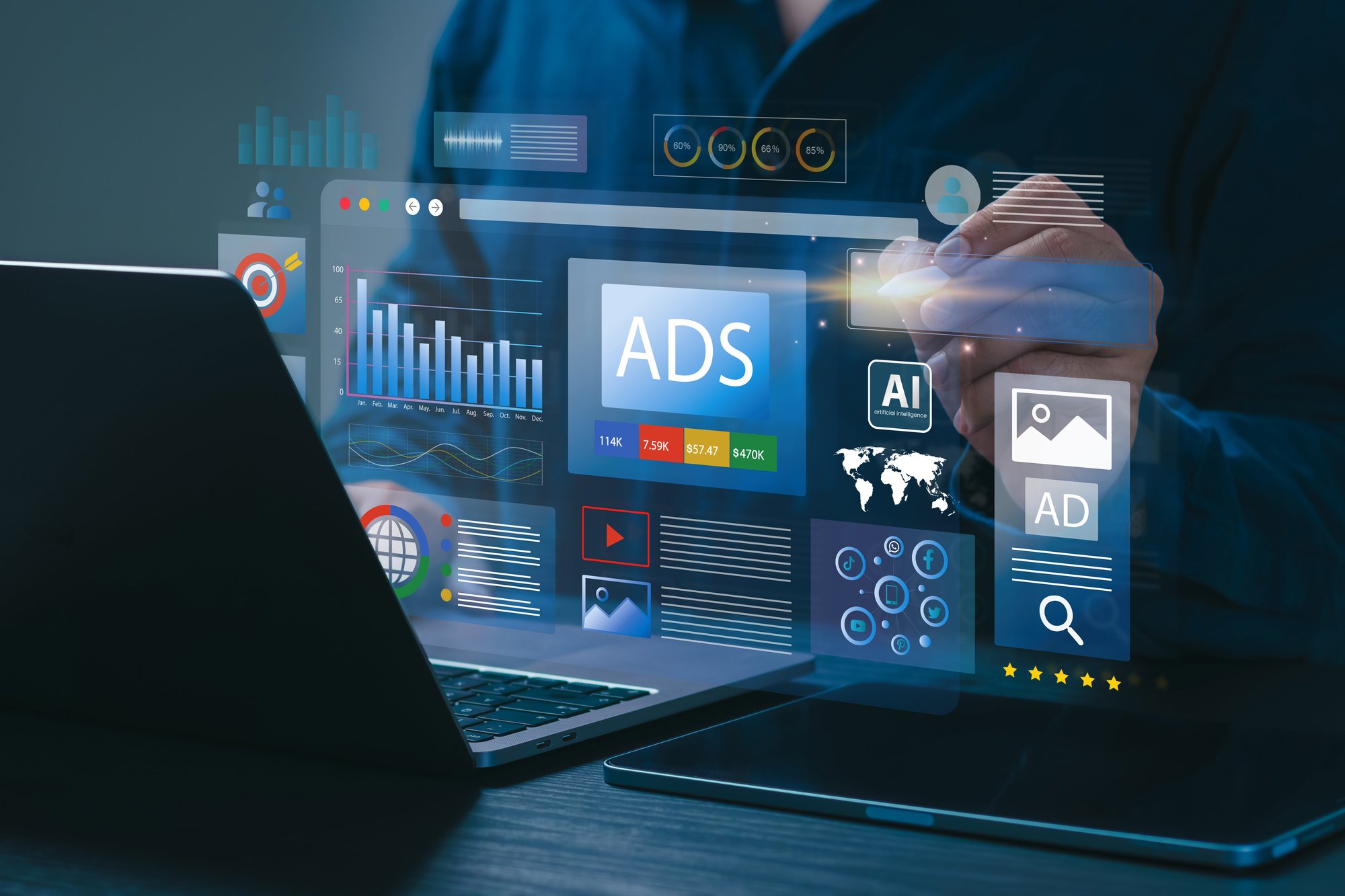Generative artificial intelligence (AI) chatbot ChatGPT has been used in marketing in the last few years to write engaging content for social media posts, blogs and ads. AI is now transforming search engine optimization and marketing leaders are using it to maximize results.
Since OpenAI’s ChatGPT, a chatbot powered by generative artificial intelligence (AI), launched in November 2022, the technology has touched all aspects of how we live and work. AI is being used across industries to automate processes, analyze data and boost productivity. It is being used in marketing to write engaging content for social media posts, blogs and ads.
Increasingly, leading marketing departments are using AI agents to take over labour intensive work, such as data crunching and analysis to identify trends, and generate and summarize reports. At Postmedia, we are using AI to optimize campaigns by identifying high-performing content, pinpointing where and when content achieves the highest conversions and lowest number of invalid clicks.
The latest frontier for AI? Search engine optimization (SEO). Last year, Google launched Google AI Overviews. Now, when users ask a question, instead of a ranked list of websites, Google posts summaries offering a concise overview of the topic, drawing information from different sources. The goal is for users to receive the answers they need without having to click on search results and visit several websites. In effect, Google is trying to keep you on Google.
What does this mean for marketers? The search landscape is changing. Today and into the future, AI will play a critical role in content and SEO.
“To stay visible, brands will have to optimize content with the help of AI in order to appear in AI Overviews,” says Omkar Deshpande, senior manager, SEO, at Postmedia. “It’s not just Google. Other search engines, such as Bing, are also creating AI summaries to respond to user queries.”
AI in the context of SEO and content optimization
This shift in what search engines’ algorithms look for is fueling a transition from manual practices to more data-driven practices. Modern AI tools will increasingly be used to conduct keyword research, create content and then optimize the content so it gets picked up and showcased in AI Overviews.
Big brands are already using AI tools to optimize the content on their websites by identifying information gaps and areas for enrichment. This includes adding relevant information, perspectives, subtopics, infographics and visuals that are of interest to customers and target audiences. Once the new information is collected, AI is rewriting the content to include these new elements.
Deshpande says one of the more popular tools brands are turning to is Perplexity AI, a free AI-powered answer engine that automatically researches high-authority sources and provides evidence-based, accurate information that can be used to enrich content. This enhanced content is more likely to be cited in AI Overviews.
AI agents are another game changer. These AI-powered assistants are capable of autonomously and automatically enhancing content, which means doing the work it takes to land on AI Overviews can be done at scale.
“Instead of manually asking AI to identify content gaps, relevant statistics, facts and figures for each individual existing piece of content on your website and then rewriting it to include the new information in a first draft, you can ask the AI agent to do this for all the written content on your website at the same time,” Deshpande says.
Leading marketers are finding creative ways to use AI to enhance and maximize the impact of content strategies. Brands are using AI to generate images and videos from written content. They are using it to create audio with a specific voice and then turning that audio into a video or YouTube short. The possibilities are endless.
Why now is the time to start thinking about AI-powered SEO
Using AI-powered SEO will allow you to appear in Google AI Overviews, which is extremely important if you want to stay relevant and top-of-mind, as well as build trust with your target audience.
“In the pre-AI Overviews world, it was said page two of Google search results was the best place to bury a dead body,” Deshpande says. “With AI Overviews, it is now position three and below. AI Overviews is also changing user expectations. They want to quickly see the answer and where that answer is being pulled from – instantly making that source a trusted authority.”
Getting started using AI in content and search optimization
AI is improving with time. In the past, AI tools required extensive prompts to produce results. This is no longer the case. The easiest way for a small business to get started is to upload a screenshot of your website to the AI tool and ask it to suggest how you can achieve a specific goal, such as increasing conversions.
“It’s really this simple,” says Deshpande. Another natural starting point for small businesses new to the technology is to use AI to better understand your customers, their behaviour and what information they want.
“This will help identify and prioritize the content you should be creating and analyze your existing content to uncover content gaps,” he says. “You can then use this information to have the AI generate or revise blogs, social media posts, videos, etcetera.”
Perhaps the biggest hurdle to using AI is fear of change, particularly when you don’t have anyone to help guide that change.
“Even thinking about AI can be overwhelming, which is likely one of the main reasons some brands have yet to adopt it. But it doesn’t have to be,” says Deshpande. “At Postmedia, we help clients embrace the change. Once you start posting new AI-generated content on your website and social channels and see the improved engagement, you’ll understand how empowering it can be.”
Measuring the impact of AI tools
In general, return on investment is the best way to measure the impact of any new tool or tactic. Are you appearing higher than competitors in AI overviews? Is your content being picked up by other AI tools, such as Perplexity, Microsoft Copilot and Google Gemini? Are you seeing increased website traffic? Click-through rates? Time on site? Leads? Calls? Sales?
“At Postmedia, we have a robust system to analyze traffic coming from AI tools such as ChatGPT and Gemini,” says Deshpande. “We can set those reports up in Google Analytics and report on the number of users, click-through rates, conversions and all other metrics.”
It’s important to set realistic expectations and be patient.
“You still need to continuously monitor and improve the quality of your website and adjust strategies according to trends,” he says. “It may take three to six months to see results. Google has to find that content, analyze it and re-rank it. AI is not a magic wand.”
Using AI to optimize content at scale
AI provides a unique and highly efficient opportunity to optimize your content strategy by supporting and facilitating more data-informed decisions. One way to identify content gaps and opportunities is to use AI to compare your brand’s content to your competitors’ content.
“This can be easily done by feeding your site map and a competitor’s site map to the AI and asking it to identify topics missing from your site. The AI will go through the thousands of links in the site maps, compare them and then list the topics you have not covered,” says Deshpande .
“Or you could ask the AI what people are looking for when researching a specific topic you have written about or are planning to write about. The AI will provide a list of frequently asked questions people search based on the topic. Work that previously took days to complete, now happens in hours.”
Balancing AI-driven content creation with editorial voice and audience trust
While AI continues to improve, it is still not at a point where it gets everything right. Sometimes AI “hallucinates” and generates incorrect or misleading information. This can range from simple factual errors to complex misinterpretations of context. How does this happen?
“Algorithms are typically built to write the next possible word based on their existing database of information,” explains Deshpande. “Responses depend on both how you are prompting the AI and the information it is accessing. For example, say a large electronics retailer trained its own specialized or narrow AI on all its product manuals. If someone asks the AI about any of the products, its answers will be accurate because they are based on the product manuals. This is not the case for search engines, which pull data from a wide range of sources to create their AI summaries.”
It is a best practice to use AI as an assistant to humans, not a replacement for humans. Human oversight is essential to ensure content is factually correct, makes sense, matches the tone and voice of your brand, and inspires trust.
“At Postmedia, we only use content created by AI as a first draft – never a final draft. Our internal teams review it, make any necessary changes, and add context and appropriate calls to action,” says Deshpande.
AI will continue to shape the content and SEO landscape for the foreseeable future. There is no going back.
“In the next one to three years, Postmedia expects to see a more personalized search experience, increased emphasis – and ability – to understand user intent,” Deshpande says. “Interlinking topics with semantic context will be more important than ever. Zero-click searches will increase, making it harder for brands to generate traffic to their websites. All of this points to AI Overviews dominating search. Businesses need to embrace the power of AI and use it, alongside human creativity and oversight, to be present in these all-important AI summaries. This will lead to improved visibility, authority and engagement.”





